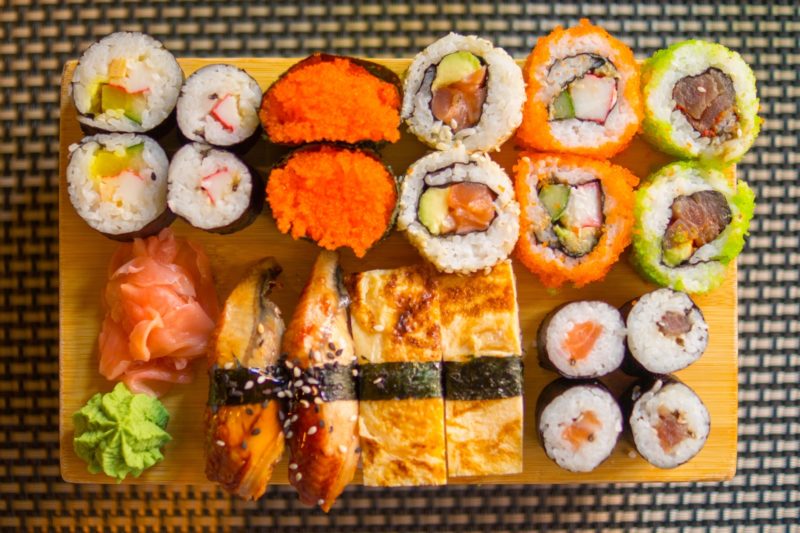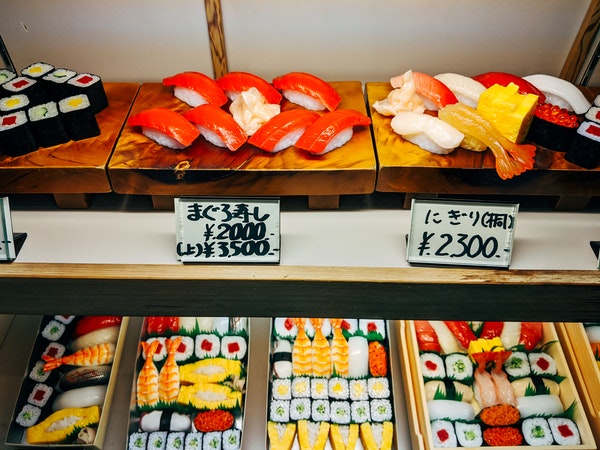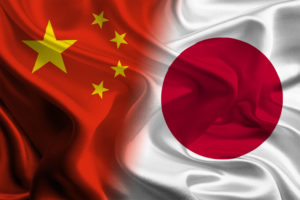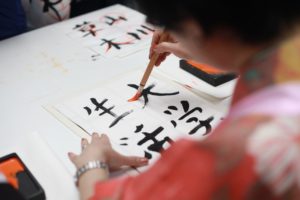Learn How They Count in Japanese
You need to learn Japanese numbers to reach fluency. Numbers are everywhere, from telling the time to counting how much sushi you’re devouring. Luckily, learning about the Japanese counting system is an interesting topic. You’ll surely master counting in Japanese with all kinds of numbers with the help of this guide.
The Different Japanese Counting Systems
Before we dive into the secrets of the Japanese numbers and counting systems, it’s worth mentioning that Arabic numerals are more often used in Japan nowadays. While you need to know how to say Japanese numbers in conversations, you’ll often see the same numbers used as you would in the rest of the world.
There are two different counting systems in Japan: the Sino-Japanese and the Native Japanese number systems. Sino-Japanese comes from Chinese origins, while Native Japanese originates from Japan.
The main difference between the two counting systems is that you need to use counters with Sino-Japanese, but there’s no need for them in Native Japanese. But, Native-Japanese numbers only exist 1-10. The rest are all Sino-Japanese. You’ll need to learn both counting systems to become completely fluent in Japanese.
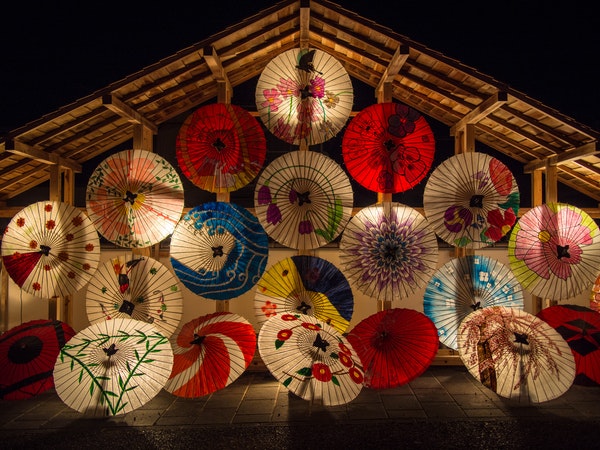
Native Japanese Numbers 1-10
You’ll only use native Japanese numbers up to 10. From then on, you’ll only see Sino-Japanese numerals. This makes learning how to count in Japanese much easier.
Numerals |
Native Japanese Numbers |
Kanji |
1 |
ひとつ (hitotsu) |
一つ |
2 |
ふたつ (futatsu) |
二つ |
3 |
みっつ (mittsu) |
三つ |
4 |
よっつ (yottsu) |
四つ |
5 |
いつつ (itsutsu) |
五つ |
6 |
むっつ (muttsu) |
六つ |
7 |
ななつ (nanatsu) |
七つ |
8 |
やっつ (yattsu) |
八つ |
9 |
ここのつ (kokonotsu) |
九つ |
10 |
とう (tou) |
十 |
Native-Japanese numbers are easy to recognize because they all end in “-tsu”, except for 10. In kanji, “-tsu” ending is represented by “つ”. As mentioned before, Native-Japanese numerals don’t need counters. So, you don’t need to worry about them when you use this counting system.
Sino-Japanese Numbers 1-10
Just because Native-Japanese numbers only exist between 1-10 doesn’t mean that those are the only ones you’ll use. Sino-Japanese is actually more common even between 1-10. So, even though you need to use counter words, you can use these freely.
Sino-Japanese Numbers Chart 1-10
Sino-Japanese Numbers |
Kanji |
|
1 |
いち (ichi) |
一 |
2 |
に (ni) |
二 |
3 |
さん (san) |
三 |
4 |
し、よん (shi, yon) |
四 |
5 |
ご (go) |
五 |
6 |
ろく (roku) |
六 |
7 |
しち、なな (shichi, nana) |
七 |
8 |
はち (hachi) |
八 |
9 |
く、きゅう (ku, kyuu) |
九 |
10 |
じゅう (juu) |
十 |
0 |
れい、ゼロ、マル (rei, zero, maru) |
零 |
Japanese Lucky and Unlucky Numbers
Superstitions are very important in Japanese culture. You may have noticed that some numbers have more than one name. That’s because 4 (し) and 9 (く) sound like the Japanese words for suffering (苦) and death (死). People in Japan will do all in their power to avoid these numbers.
Meanwhile, 7 is a lucky number in Japan. Still, a mora in the Japanese reading of it reminds them of the word for death, so they changed how it sounds from しち (sichi) to なな (nana).
Sino Japanese Numbers From 10
Creating numbers from 10 upwards is very easy and straightforward. Firstly in the Japanese counting system, they only use Sino Japanese numbers from 10. So, that makes it much easier, to begin with.
The logic of putting these numbers together in Japanese is also simple. All the vocabulary need is already contained in the words from 1 to 10 in Sino Japanese.
To make the word for 11, simply combine the words for 10 and 1. So, 11 in Japanese is 十一 (juuichi). Then, 12 is 10+1 so it’s 十二 (juuni) in Japanese. And so on. Very simple.
What happens when we reach 20? Well, 20 is 2×10, so you say 二十 (nijuu) in Japanese. And 21 is 2×10+1, which is 二十一 (nijuuichi)(2 (ni) + 10s (juu) + 1 (ichi)).
Japanese Counter Words
Of course, we can’t forget about the grammar of counting in Japanese either. These numbers have more grammatical rules attached than you think. Depending on what you’re counting, you need to attach counter words after the noun. This is only if you use Sino Japanese. Counter words aren’t necessary for Native Japanese numbers.
Japanese counter word |
The group it’s used for |
ひとり (hitori) |
one person |
ふたり (futari) |
two people |
人 (nin) |
three or more people |
本 (hon) |
long thin objects (like pens) |
個 (ko) |
small round objects (like apples) |
まい (mai) |
thin, flat objects (like shirts) |
匹 (hiki) |
small animals (like cats) |
頭 (tou) |
large animals (like elephants) |
台 (dai) |
cars, bikes, and household appliances |
Remember, if you’re counting specific times, you need to use counter words specific to the unit of time.
Japanese time counters |
Unit of time |
秒 (byou) |
seconds |
分 (fun or pun) |
minutes |
時 (ji) |
hours |
月 (getsu) |
months |
年 (nen) |
years |
Learn More Japanese Vocabulary
Of course, there’s much more to learning Japanese than just learning how to count. To learn some crucial and useful Japanese vocabulary easily, why not download an awesome app?
OptiLingo has the most common Japanese words in its language learning program. And that includes numbers too. Not only can you learn them by reading them, you’ll also hear how it’s pronounced, and you’re encouraged to say these numbers out loud too. Learn Japanese numbers and much more by downloading OptiLingo!

